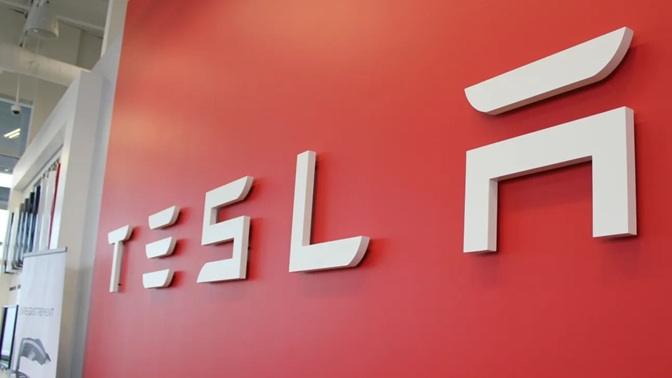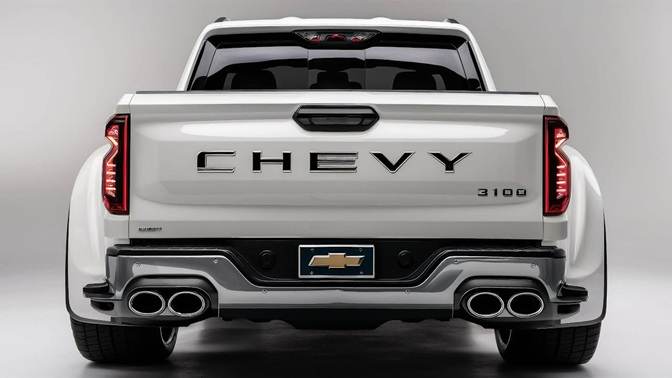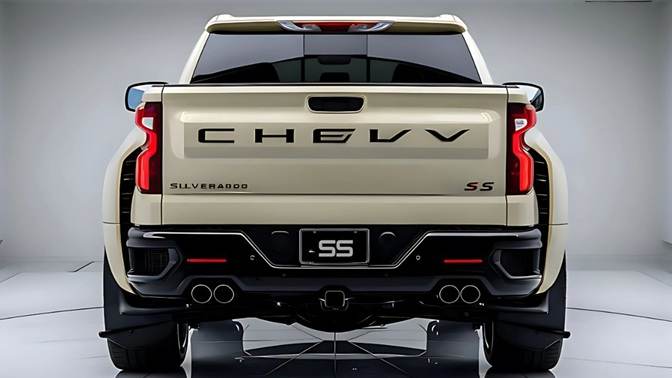The electric vehicle (EV) industry is fiercely competitive, and many startups struggle to survive. But Rivian, the California-based EV truck and SUV maker, just did something remarkable—it turned a profit for the first time ever.
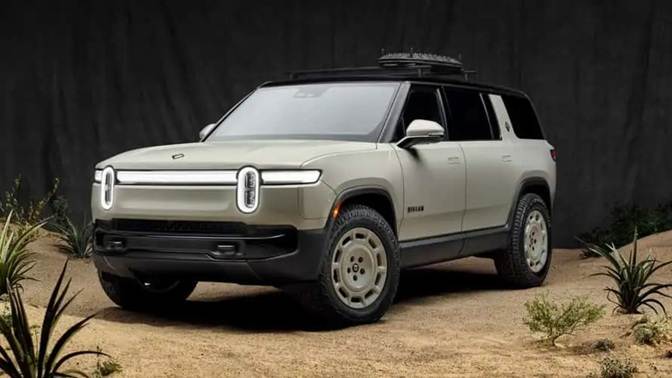
As Rivian prepares to share its earnings report with investors, it has already announced a major milestone: in the fourth quarter of 2024, the company posted $170 million in gross profit. That’s a huge leap from the $600 million loss it suffered in the same period just a year earlier.
So, how did Rivian manage to pull off this turnaround? And what does this mean for the future of EV startups? Let’s take a closer look.
From Losses to Profit
For years, Rivian has been burning through cash to scale production and grow its brand. The company made headlines with its popular R1T electric pickup truck and R1S electric SUV, but like most startups, profitability seemed like a distant goal.
Yet, in the last quarter of 2024, Rivian defied expectations by delivering its first-ever positive gross quarterly profit.
Key Numbers at a Glance:
- Q4 2024 Gross Profit: $170 million
- Q4 2023 Gross Loss: $600 million
- Year-over-Year Change: A massive $770 million improvement
This shift marks a turning point not just for Rivian, but for the broader EV industry, where startups often struggle to reach profitability.
Rivian’s sudden shift from heavy losses to profitability wasn’t an accident. The company made several strategic moves to improve its financial health.
1️⃣ Better Production Efficiency
One of Rivian’s biggest challenges has been scaling production while keeping costs under control. In 2023, the company faced supply chain issues and high production costs, making it difficult to turn a profit.
But by streamlining operations and cutting inefficiencies, Rivian has significantly lowered the cost of producing each vehicle.
2️⃣ Stronger Sales & Demand for EVs
The demand for electric trucks and SUVs has been growing, and Rivian has positioned itself as a premium alternative to legacy automakers like Ford and GM. With more Rivian vehicles on the road, the company has been able to increase revenue while maintaining high margins.
3️⃣ Expanding Delivery Network
Rivian has also improved its ability to get cars into customers’ hands faster. By expanding its delivery infrastructure and reducing delays, the company has managed to boost sales and cut down on logistical costs.
4️⃣ Strategic Cost Cutting
In addition to improving efficiency, Rivian has focused on cutting unnecessary expenses. This includes reducing operating costs and optimizing production facilities to keep spending under control.
Rivian’s success isn’t just about one company—it’s a sign of progress for EV startups in general. For years, the EV industry has been dominated by Tesla, which managed to become profitable while most other EV makers struggled. Now, Rivian is proving that new players can succeed too.
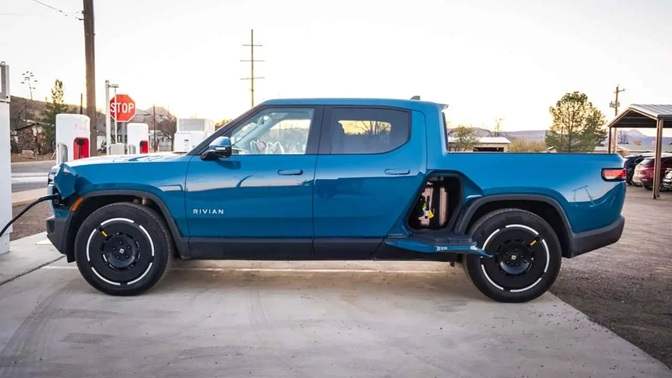
This milestone could signal a shift in the industry, showing that EV startups can be sustainable businesses, not just cash-burning experiments. But the road ahead isn’t without challenges.
While Rivian’s first quarterly profit is a huge achievement, the company still has a long way to go before it becomes consistently profitable.
Here’s what to watch for in 2025:
🔹 Scaling Up Production Further
Rivian will need to keep improving production efficiency to ensure future profits. If it can continue lowering manufacturing costs, it will have a better chance of maintaining profitability.
🔹 Competing with Bigger Automakers
Legacy automakers like Ford, GM, and Toyota are investing heavily in EV technology. Rivian will need to stay ahead by innovating and differentiating its brand.
🔹 New Vehicle Models & Expansion
So far, Rivian has focused on premium electric trucks and SUVs. But could it expand into more affordable EVs or enter new markets? That’s something investors will be watching closely.
🔹 Long-Term Financial Stability
One profitable quarter is a great start, but Rivian needs to prove that it can sustain profitability over time. Investors will be eager to see if this success continues.
Rivian’s first-ever profitable quarter is a game-changer—both for the company and the EV industry. It shows that EV startups can succeed, even in a competitive market.
With smarter production, strong demand, and cost-cutting strategies, Rivian has managed to turn things around faster than many expected. Now, the challenge is to keep the momentum going.
Can Rivian continue this winning streak? Or will it face new obstacles in the coming months? One thing’s for sure—the EV battle is far from over.
PEOPLE WHO READ THIS, ALSO READ

